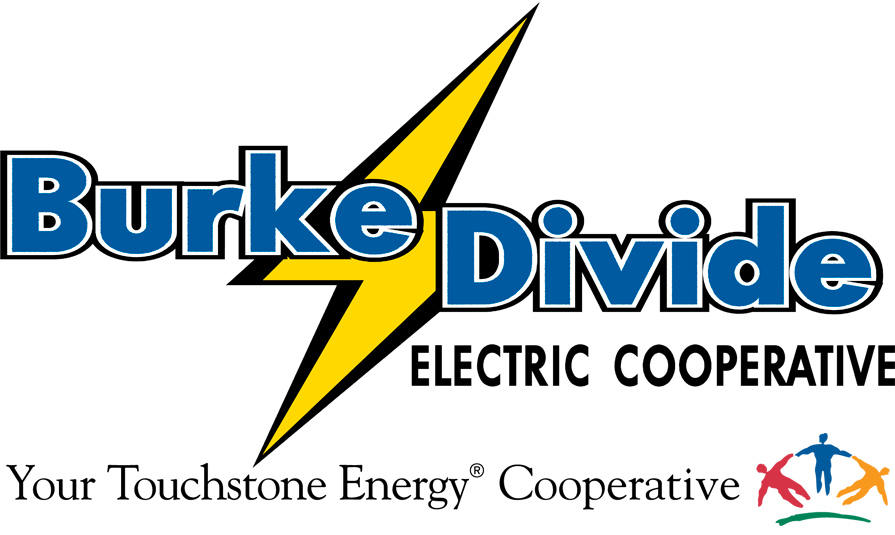When it comes to selecting electrical outlets, there are a lot of options to consider. This guide provides an overview of the common types of outlets and the level of safety protection they bring to the home. Some outlet types include grounded receptacle, tamper-resistant receptacle, arc-fault circuit interrupter receptacle and ground-fault circuit interrupter receptacle.
Grounded Receptacle
Function: Third prong (ground) reduces the risk of electric shock and protects equipment from electrical damage.
Interesting fact: Grounding-type receptacles were first required for all 15- and
20-ampere receptacle outlets in the 1971 edition of the National Electrical Code (NEC).
Recommended installation location: Mandated by NEC in all areas unless otherwise specified.
Tamper-resistant Receptacle
Function: A built-in shutter system prevents objects from being inserted, except when simultaneous, equal pressure to both slots is provided by a plug.
Interesting fact: Outlet covers do not provide adequate protection. In children ages 2 to 4, 100% were able to remove one brand of plastic outlet covers from the sockets in less than 10 seconds.
Recommended installation location: Upgrading rooms and areas where children could have access to the outlets.
Arc-fault Circuit Interrupter (AFCI) Receptacle
Function: Reduces the risk of fire by interrupting power when an arc fault occurs anywhere in the circuit, including within items plugged into it.
Interesting fact: More than 50% of electrical fires every year could be prevented by AFCIs.
Recommended installation location: Provides protection from arc faults beyond branch circuit wiring extending to appliances and cords using the receptacle.
Ground-fault Circuit Interrupter (GFCI) Receptacle
Function: Prevents shock by quickly shutting off power to the circuit if the electricity flowing into the circuit differs from that returning, indicating a leakage current.
Interesting fact: GFCIs shut off electric power in the event of a ground fault within as little as one-fortieth of a second.
Recommended installation location: Installed in areas where water and electricity are in close proximity, such as bathrooms, garages, kitchens, laundry areas and any receptacles located outdoors.
